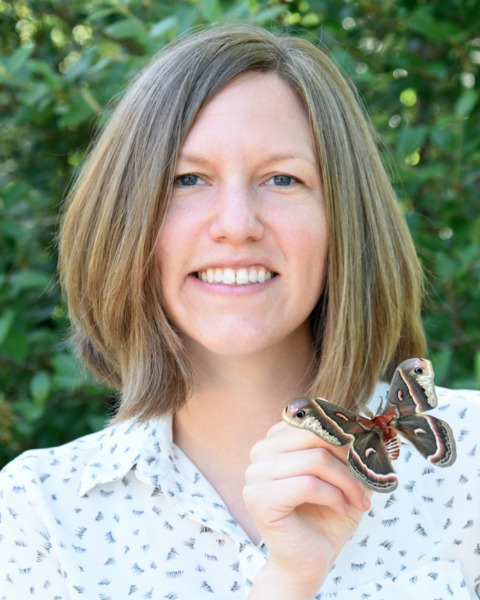Student 10-Minute Presentation
Plant-Insect Ecosystems
Student
Student Competition
Grad 10-min Competition: P-IE, Biocontrol - Predators
Predator population and predation in adjacent row crop and grassland fields
Monday, November 11, 2024
12:18 PM - 12:30 PM MST
Location: Phoenix Convention Center, 127 B, PCC

Hannah Stowe
PhD Student
University of Nebraska
Lincoln, Nebraska
Julie Ann Peterson
Professor
University of Nebraska
North Platte, Nebraska
Presenting Author(s)
Co-Author(s)
Predation is one of the most important beneficial ecosystem services that arthropods provide in agricultural systems. Understanding the factors that alter predator activity can support the successful application of biological control, and more broadly, integrated pest management strategies. Land use and edge adjacency, along with temporal variations in environmental factors and diel period could all alter the behavior of predatory community members. Therefore, we aimed to investigate the influence of land use (specifically annual row crop vs perennial grassland) and edge adjacency on predator community, sentinel prey consumption and number and timing of predatory attacks. In monthly periods from May to September of 2022 and 2023, we collected predators using sticky cards to determine community composition and activity-density at the center and edge of adjacent grassland and row crop fields. Predation was assessed by deploying moth eggs (Ephestia kuehniella) on sentinel cards for three days to quantify consumption. We recorded a subset of sentinel cards using time lapse cameras to assess the number and timing of predatory attacks and predator identity. Arthropod predators were more abundant and diverse within crop fields, with most predacious families following this trend. Conversely, Formicidae (ants) were more abundant in grass fields. Predation amount was more complexly influenced by edge adjacency and temporal factors. Such trends can reveal how land use and timing influence arthropod activity patterns and thus ecosystem services. Understanding arthropod predation activity can reveal which community members contribute major biological control ecosystem services through consumption amount and group predation rate.

.png)

